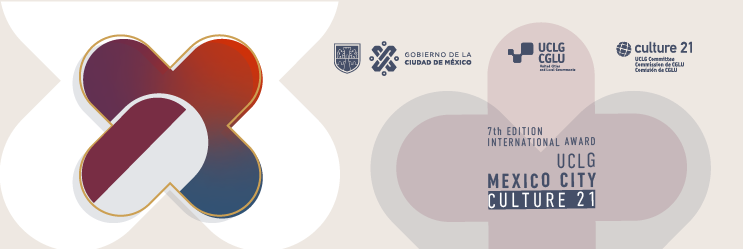Special mentions
2024
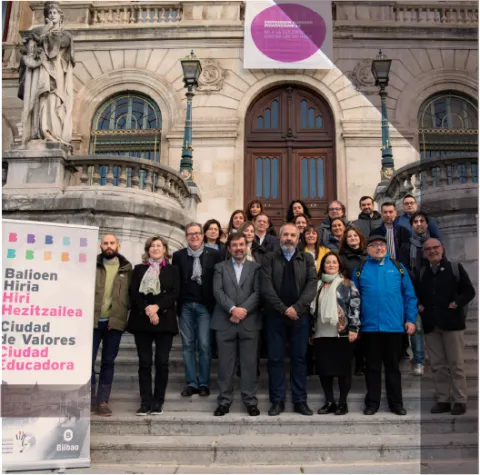
Bilbao (Basque Country, Spain), for “Bilbao Balioen Hiria (BBH) – Bilbao City of Values”. The project has strengthened cultural values as the backbone of sustainable development of the city. The project is very collaborative: it has involved more than 2200 members stakeholders, including institutions, NGOs, companies, the media, political groups and other actors, through analysis, dialogue, reflection and collaboration. It has delivered a local “Bilbao Charter of Values” and it has launched several international actions, too. The participative methodology is an example to be adapted by other cities.
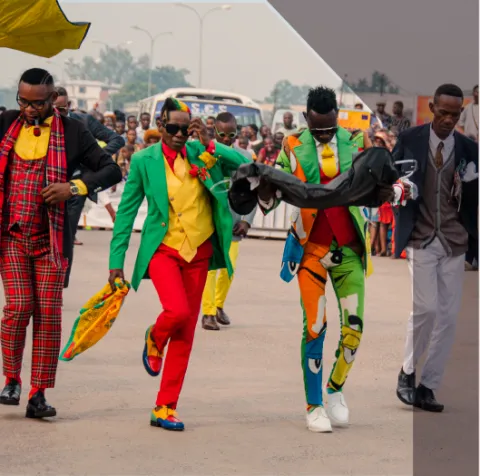
Brazzaville (Republic of the Congo), for “Poto-Poto Cultural Circle”. The project began in former City Hall, a listed national heritage building, which has become the hub of a broad network of urban cultural infrastructures. This project illustrates a long-term proactive cultural policy that serves the needs and expectations of cultural actors, the creativity of the local youth people, the preservation of heritage and the several challenges of local development (diversify the local economy and encourage people to live together). Brazzaville has recently been appointed African Capital of Culture (2024-2025).
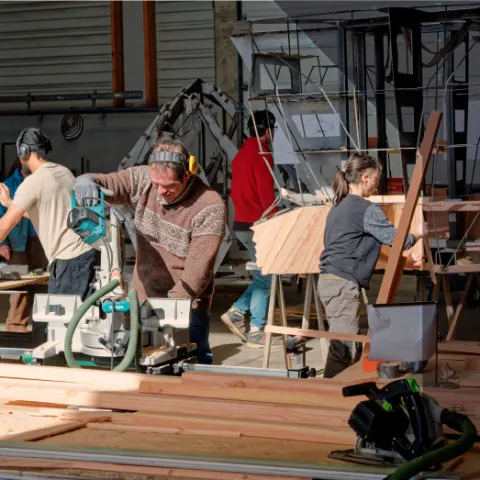
Esch-sur-Alzette (Luxembourg), for “Great dreamers”. This project illustrates how a large cultural event (the ECOC programme, that is, the European Capital of Culture in 2022) can become a vector of inclusion, participation, co-creation and local innovation. The essence of Great Dreamers is the connection between cultural governance and sustainable development, with the continuous involvement of the cultural actors, the neighbors, the commercial fabric, the municipal services, and the vast network of civic urban organizations in shared and sustainable decisions, within the ECoC year, and beyond.
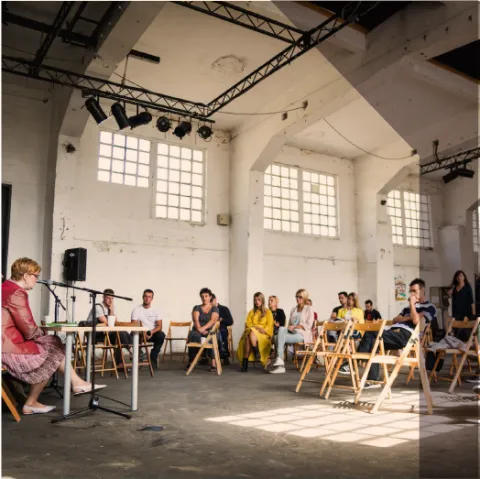
Novi Sad (Republic of Serbia), for “Cultural Policy Regeneration of Urban Heritage through the Culture of Dialogue”. This project is embodied in three heritage areas of the city, the Almash, the Creative District and the Cultural Station Network. It unfolds the long-term cultural policy of the city, written and approved during the planning and implementation of the city's most ambitious cultural endeavor – the European Capital of Culture, 2022. It is based on various participatory techniques (focus groups, forum of culture, divan – dialogue with citizens) to establish new cultural services in the city.
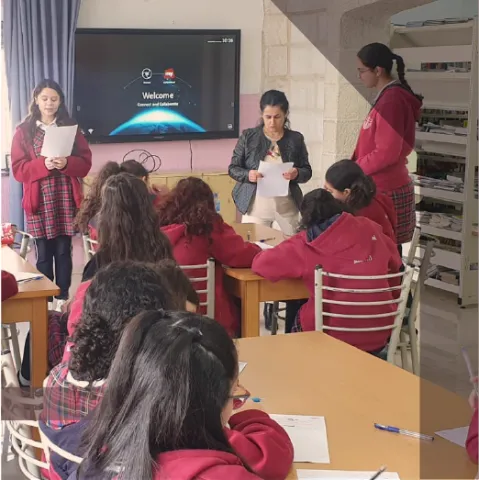
Ramallah (Palestine), for the project “Moving Culture Forward”. The long-term cultural strategy of Ramallah is built on an essential directive of the city which is to contribute to the liberation of Palestine, and emphasizes the ongoing struggle of Palestinians against occupation. Despite the interruption caused by the pandemic in 2020, and the current war, the municipality continued the process of unfolding the cultural strategy of Ramallah, embedding the new realities, emphasizing the role of culture as a tool for resilience and resistance, and spreading out the strategy with cultural practices to maintain social cohesion and collective narratives of all citizens. The engagement of Ramallah in global networks and international partnerships underscores its commitment to seeking support, sharing information, and advocating for solidarity in the face of adversity.
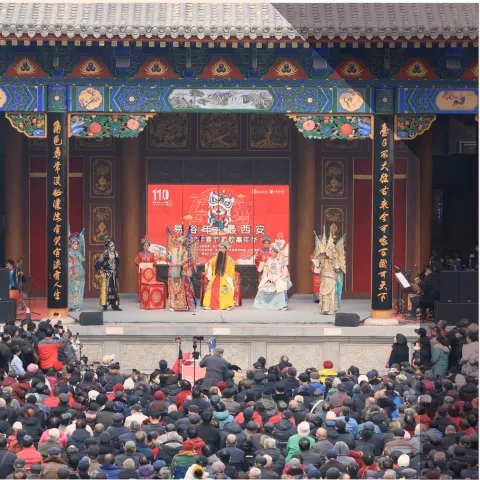
Xi’an (People’s Republic of China), for the project Culture for All Policies”. This project is aimed at achieving the goals of cultural accessibility, cultural dissemination and cultural equity through effective leadership, sustained financial input, extensive advocacy and intensive collaboration among arts practitioners. The project collects and unfolds the main programmes of the city’s cultural policies, with major efforts made to enhance cultural accessibility by building neighbourhood libraries in various public spaces, building small museums at important metro stations and promoting collaboration among various theatres in planning and presenting free performances, among many other specific examples.
2022
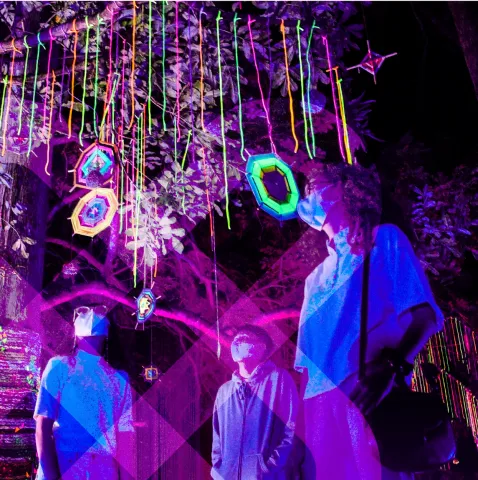
Bandung (West Java, Indonesia), for the project "Hutan Menyala (Glowing Forest)", which has set the forest Hutan Mayala, one of the greater cultural and natural assets of Bandung, as an innovative post-pandemic destination in the form of an audio-visual experience. The project allows the protection and promotion of the forest, mixing advanced digital technology and traditional cultural elements.
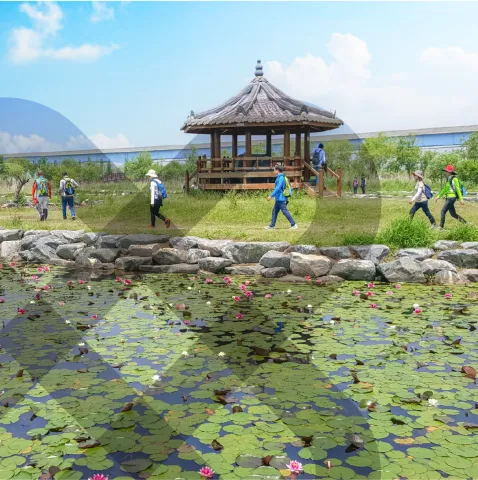
Busan (Republic of Korea), for the project "Busan Galmaetgil, a cultural value promotion project manifested through urban trails". This project enhances public health and cultural enjoyment through convenient and clean urban trails, showcasing cultural content, local traditions and history as well as its relationship with nature, and offering activities to promote sustainable tourism and respond to the climate emergency, among others.
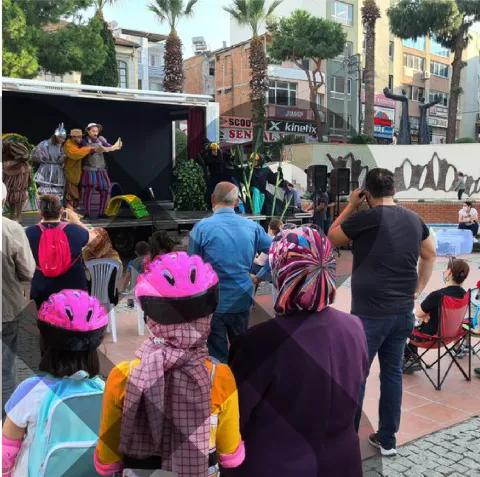
Izmir (Turkey), for the project "İzmir's project on boosting up culture as a key for resilience and development". This project shows that political will can bring culture to the forefront in policies, plans and practices. Through a comprehensive and innovative policy, “Crisis Municipalism”, Izmir offers new models for public service delivery with culture as one of its main pillars, providing access to culture, encouraging participation and triggering solidarity.
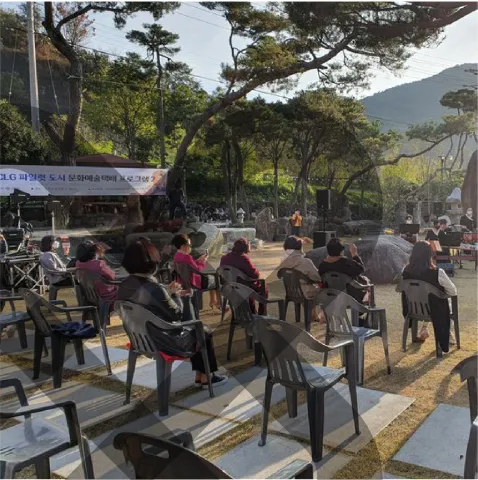
Jinju (Republic of Korea), for the project "The Art Delivery Project". Since 2019, this project has helped narrowing the gap in the enjoyment of cultural rights between urban and rural areas and enhancing participation of the underprivileged, marrying the traditional folk arts of Jinju with modern arts, and engaging local cultural actors in the framework of events such as the Jinju World Folk Arts Biennale.
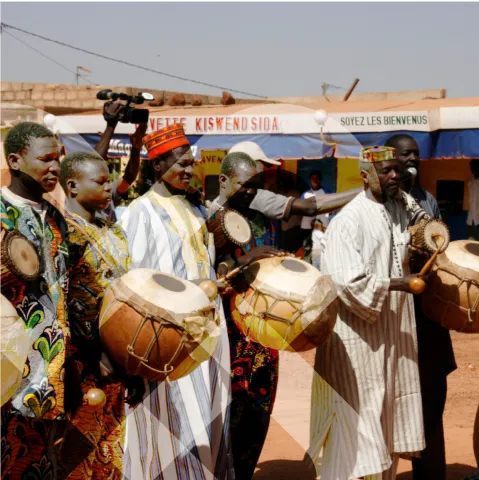
Ouagadougou (Burkina Faso), for the project "Cultural development of Greater Ouaga, city of well-being and social cohesion". This project has contributed significantly to the balanced cultural development of Greater Ouaga and the well-being of its inhabitants, mainly made up of young people under 25 (60%), reducing the geographical inequalities of access to art and culture by providing adequate cultural infrastructure and educational activities for all.
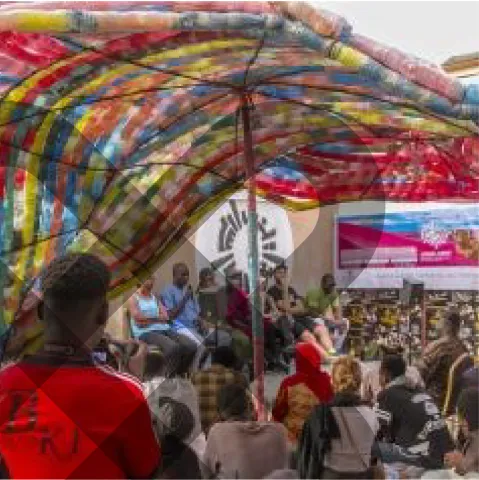
Tevragh Zeina (Nouakchott, Mauritania), for the project "Heya Nouakchott: Tevragh Zeina, creative city". This project has enabled the construction of a solid cultural policy for the city, centred on sustainable development. HEYA Nouakchott has also contributed to the professionalisation of the cultural sector and the improvement of working conditions for cultural actors and artists during the pandemic and beyond.
2020
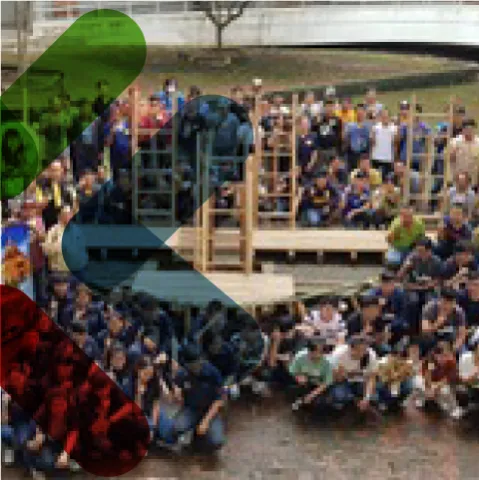
Chiang Mai (Thailand)
For the programme “Chiang Mai Centre Museums Network”, established in 2002. This initiative fosters local culture and citizen participation with a collaborative approach, using its organizational capacity and central location as “working tools” that promote access to municipal resources and thus mobilize the city’s cultural capital, including indigenous heritage, as a movement for change to build a better sustainable future.
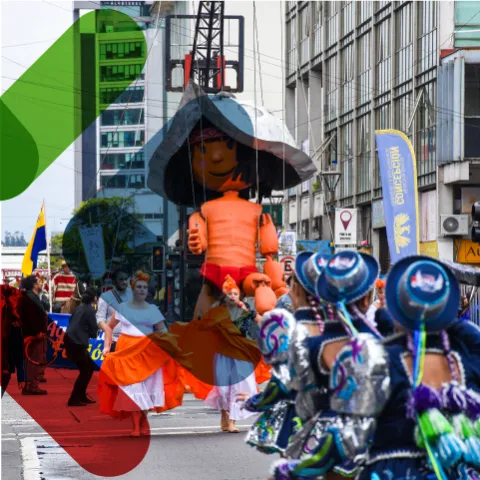
Concepción (Chile)
For the project “Concepción Creation Centre (C3): a space for creative collaboration”, based on sustainable development”. This collaborative workspace is a boost to local creative sectors such as design, architecture, technology, music and performing arts, and an illustrative example of infrastructure conceived as a priority for the city to promote culture as a pillar of sustainable development.
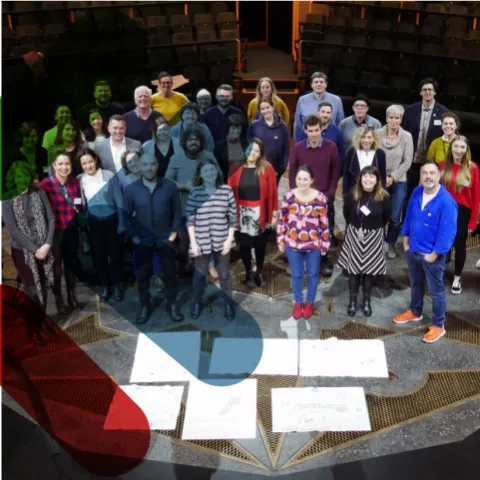
Manchester (England, United Kingdom)
For the programme “Cultural Collaboration on Climate”. This initiative, which brings together 35 cultural organisations and festivals and is completely aligned with the ambitions of the city’s first climate change strategy, is helping to build strong leadership on environmental awareness, and has made Manchester a powerful example and benchmark for cultural collaboration and engagement on climate action.
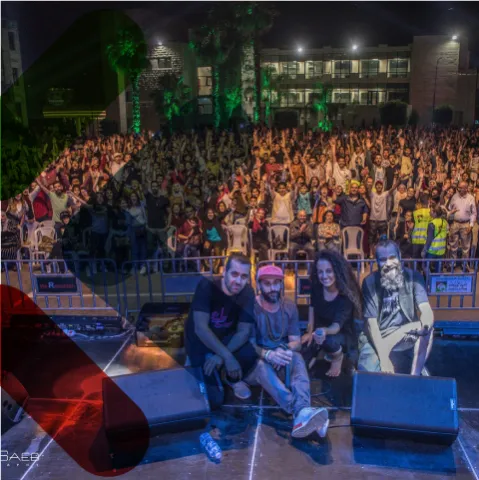
Ramallah (Palestine), for the programme “City of Music”, an initiative that has contributed to the city’s natural turn to music as a factor of social transformation and development. “City of Music” shows how systematic work can create good conditions for the implementation of sustainable creative projects for the local communities, despite difficult and unstable political situations.
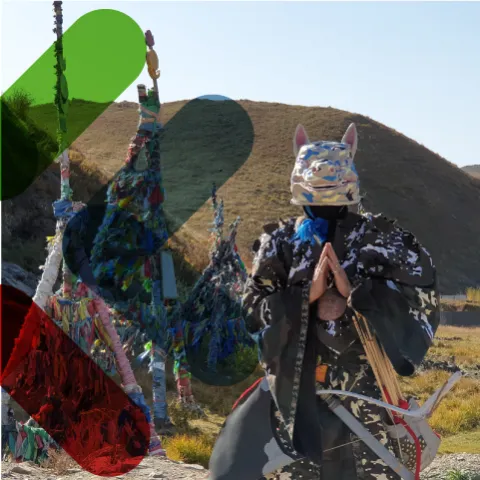
Ulaanbaatar (Mongolia), for the project “Ulaanbaatar Public Art Week”, an initiative devoted to art and its relationship with the major themes of contemporary life, such as migration, the rural world and nomadism, ethnic minorities, democracy and climate change. The project is organised by Land Art Mongolia, an organisation which brings the specific context of the city and the region of Mongolia to the international debate on sustainable development.
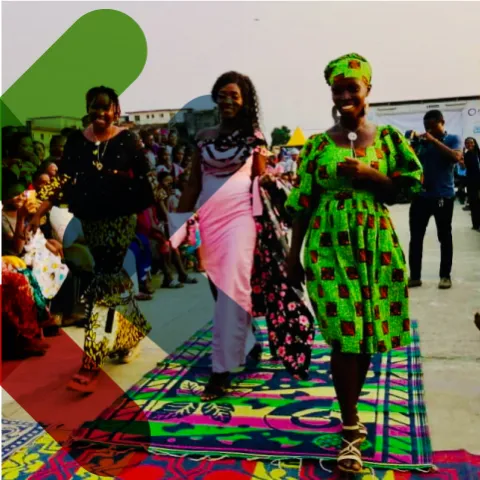
Yopougon (Ivory Coast), for the project “Yopougon: Becoming an educational and creative city through social cohesion”. This is a sound and complete initiative that demonstrates the willingness of the local government to place culture as a pillar of local sustainability policies. The initiative has a clear inclusive and participatory component, with specific lines on the integration of youth into the cultural and creative sector, which has resulted in the improvement of the well-being of citizens.
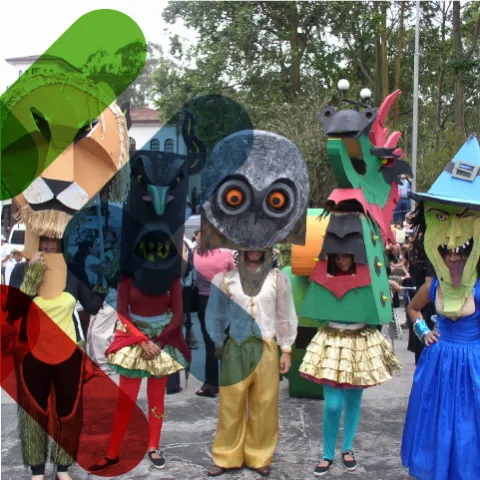
“Leona Vicario of Mexico” Special Mention:
San José (Costa Rica), for the project “Computer Clubhouse, San José South: Girls Only: Comprehensive Development for Girls and Prevention Against Teen Pregnancy”. The Computer Clubhouse is a safe learning space focused on digital technologies that fosters cultural rights for adolescents in a context of inequality and exclusion. With the creation of the “Girls Only” programme in 2010, this small yet powerful initiative has proved that culture is key in developing the potential of youth to build democratic and peaceful societies.
2018
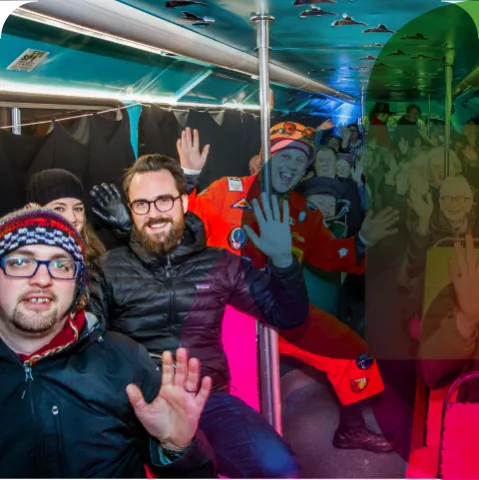
Dublin (Ireland)
For the programme “Culture Connects”, established in 2015. This initiative is based on people’s stories, wishes and experiences. This is a very solid, innovative programme that contributes to cultural empowerment and which has shown the importance of listening, learning and sharing with local inhabitants. It also proves that, where willingness exists, cultural policies can be useful to those who most need them.
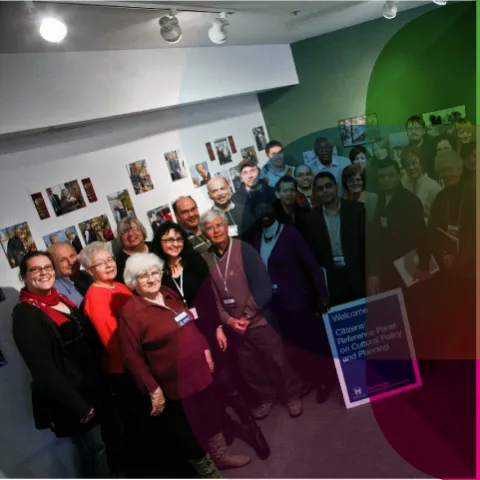
Hamilton (Ontario, Canada)
For the programme “’Love Your City’: Transforming Hamilton through Culture’, based on the consideration of culture as the fourth pillar of sustainable development. The programme has taken the form of a Cultural Plan, with a holistic and integrative approach to planning, which involves the community using a variety of engagement techniques, resulting in a ‘shared responsibility for culture’.
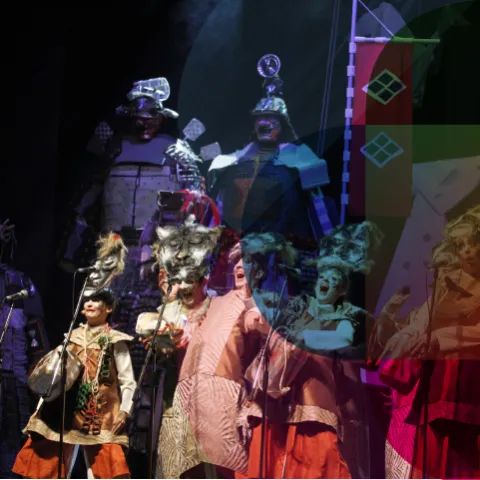
Montevideo (Uruguay)
For the programme “Cultural Policies with a Perspective on Gender Equality”, which has been shaped after in-depth discussions with the cultural actors in receipt of public funding and has led to very specific programmes and projects in the field. Its impact proves that, where political will and operational rigour exist, mainstreaming a gender perspective in cultural policy contributes to broadening freedoms for everyone.
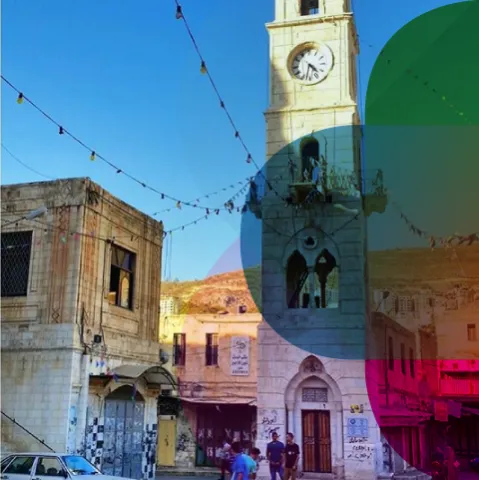
Nablus (Palestine)
For the programme “Saving Cultural Identity under Occupation – Regeneration of Nablus Historic Centre”, due to the commitment of local educational, civil and municipal institutions towards the regeneration of the historic centre, in order to enable local inhabitants to remain in their homes and ensure the rebuilding of hundreds of heritage buildings and houses.
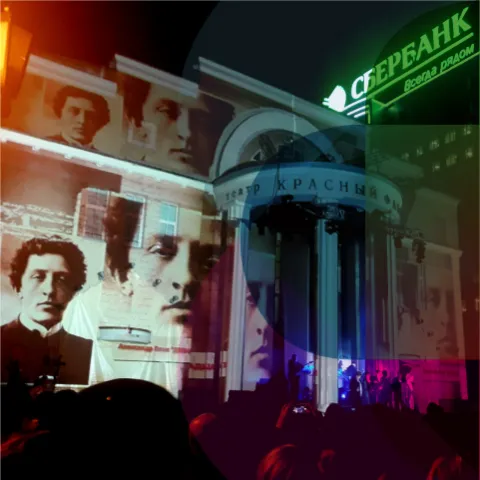
Novosibirsk (Russian Federation)
For the project “Novosibirsk: Turning the City into a Museum”, which promotes cultural and artistic activities in the city’s public spaces, the uses of information technologies and citizen involvement in specific activities.
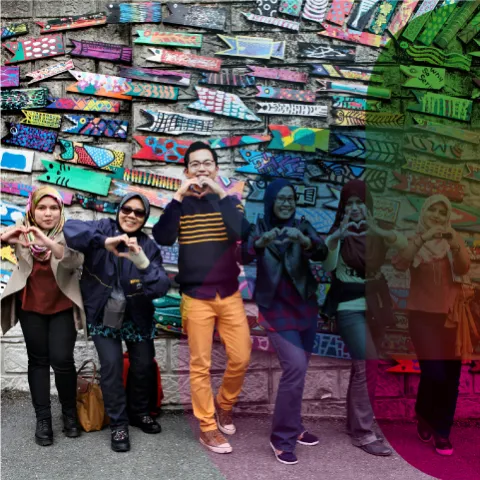
Saha-gu (Busan, Republic of Korea)
For the project “Gamcheon Culture Village Project”, a multiannual urban regeneration initiative through the arts and culture, which has contributed to revitalising the Gamcheon village. The project has involved close cooperation among residents, artists and the local government, in an innovative system of democratic governance.
2016
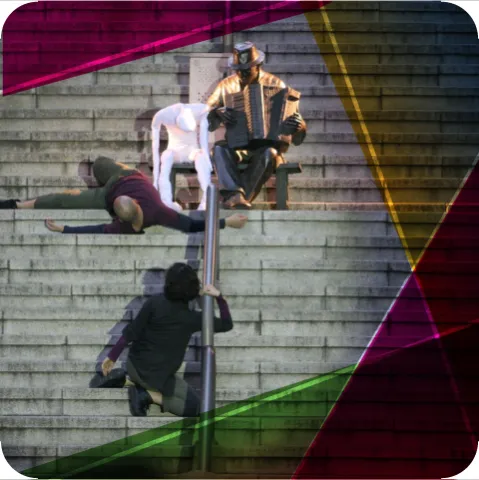
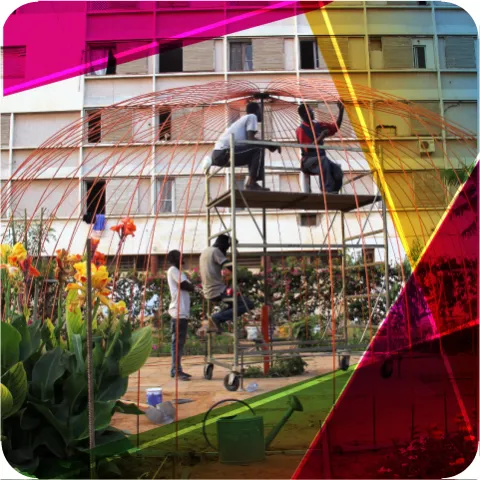
Dakar (Senegal) for the programme "School of Commons".
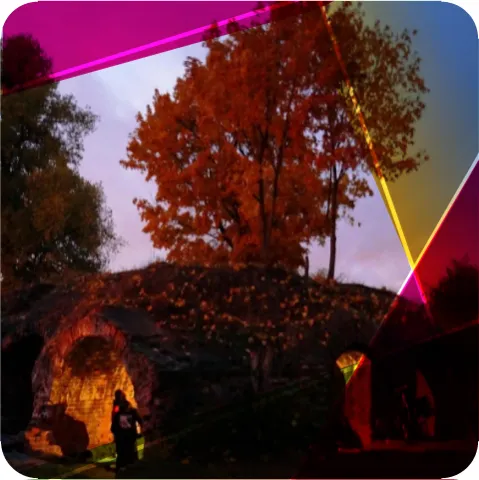
Kaunas (Lithuania), for the project "The Šančiai Cabbage Field Project – small scale seeks big transformation"
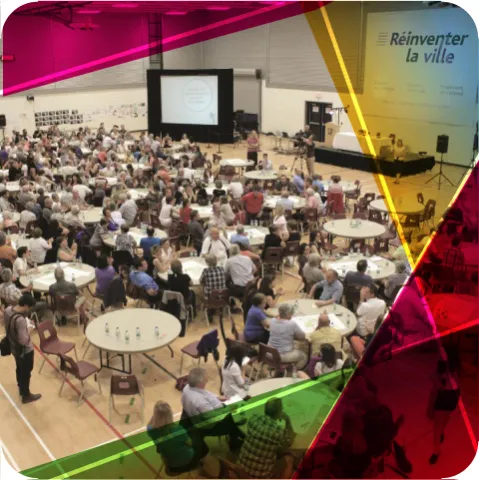
Lake Mégantic (Quebec, Canada) for the programme "Rebuilding Lake Mégantic"
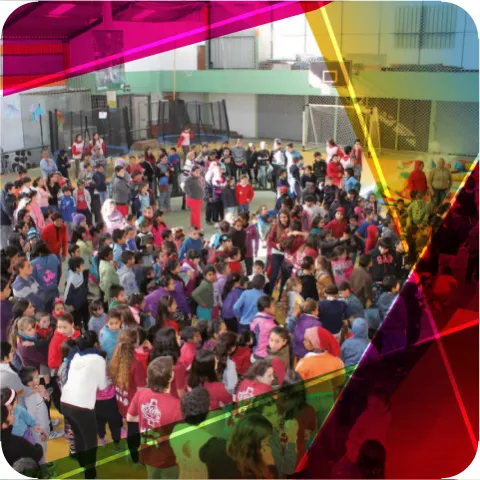
Montevideo (Uruguay) for the programme "Cultural Co-Management Civic Centre: SACUDE"
2014
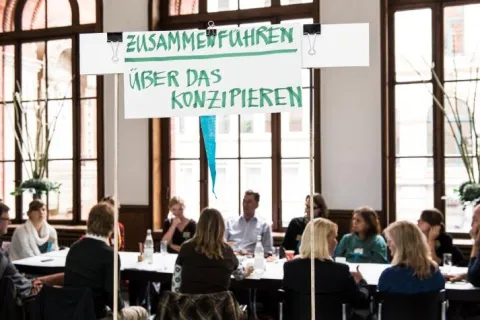
“Twinning for a Culture of Sustainability” presented by the city of Hannover (Lower Saxony, Germany), focuses on international cooperation in the area of culture with twinned towns, through three successive projects
(called aware&fair, fairCulture and KlimaKunstStädte), actively involving the cultural actors of the city and permitting citizen appropriation of cooperation projects.
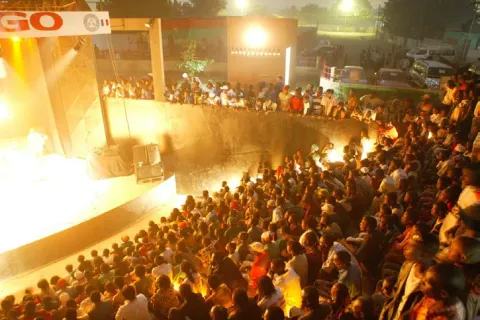
“The Reemdoogo, Music Garden”, presented by Ouagadougou (Burkina Faso), a project focused on the artistic and professional education of the city youth.The project links culture, from its intrinsic values, to processes of employment creation, to social cohesion and urban construction of the city, with user-friendly urban planning, perfectly symbolized by the garden.

